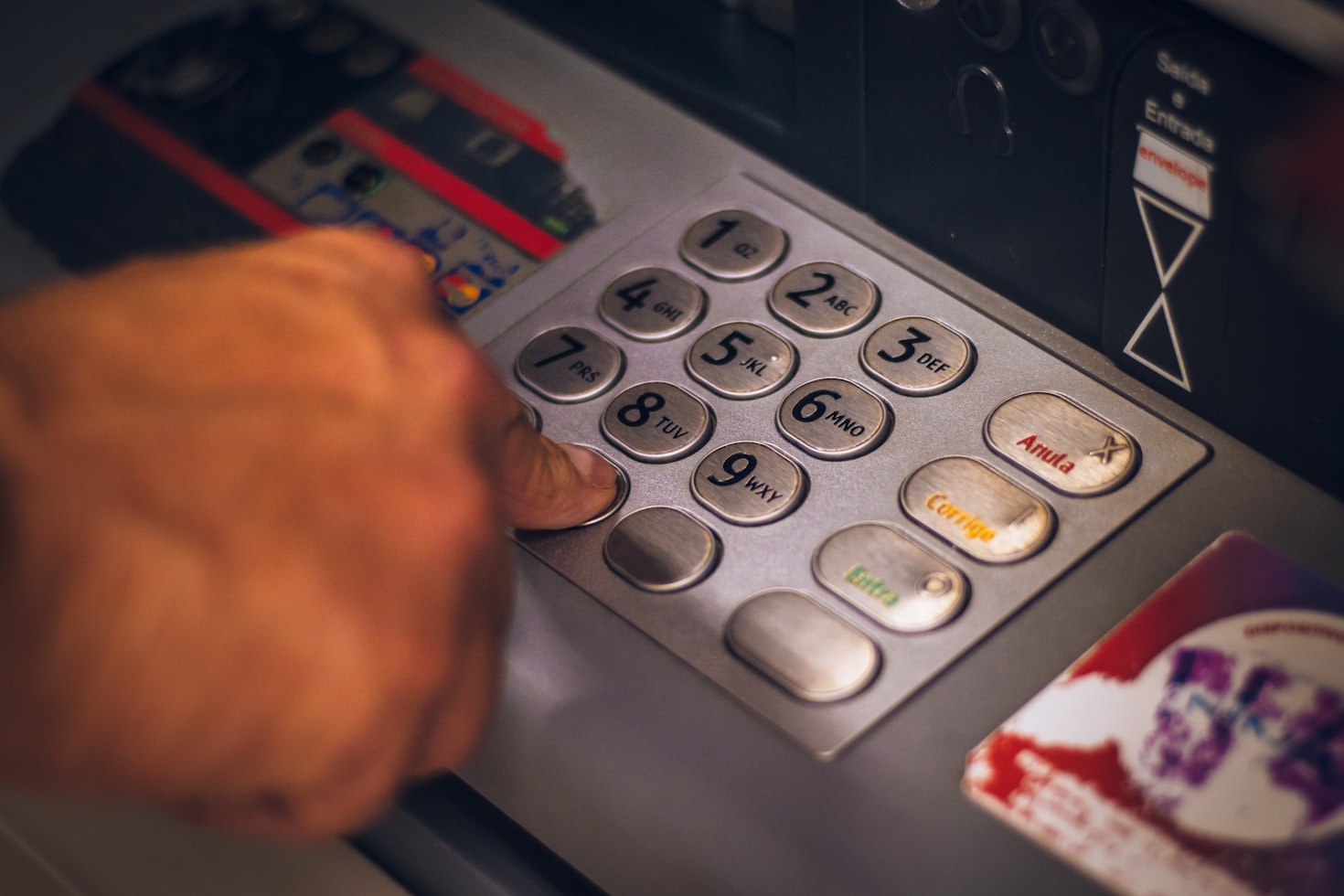Is A Down Payment The Same As Closing Cost?
When it comes to purchasing a home, there are various costs involved that can sometimes be confusing for first-time buyers. Two terms that often cause confusion are “down payment” and “closing costs.” While both of these expenses are associated with buying a home, they are not the same thing. In this article, we will explore the differences between a down payment and closing costs, and provide valuable insights to help you navigate the home buying process.
Understanding Down Payment
A down payment is a lump sum of money that a buyer pays upfront towards the purchase price of a home. It is typically expressed as a percentage of the total purchase price. The most common down payment percentage is 20%, but it can vary depending on the type of mortgage loan and the buyer’s financial situation.
For example, if you are buying a home for $300,000 and your down payment is 20%, you would need to pay $60,000 upfront. The remaining $240,000 would be financed through a mortgage loan.
Here are some key points to understand about down payments:
- A larger down payment can result in a lower monthly mortgage payment.
- A down payment of less than 20% may require the buyer to pay private mortgage insurance (PMI).
- Some loan programs, such as VA loans or USDA loans, offer options for zero or low down payment.
Exploring Closing Costs
Closing costs, on the other hand, are the fees and expenses associated with finalizing the purchase of a home. These costs are paid at the closing of the real estate transaction and can vary depending on factors such as the location of the property, the purchase price, and the type of loan.
Common closing costs include:
- Loan origination fees
- Appraisal fees
- Title search and insurance fees
- Attorney fees
- Home inspection fees
- Recording fees
- Escrow fees
It is important to note that closing costs are separate from the down payment. While the down payment goes towards the purchase price of the home, closing costs cover the expenses associated with the transaction itself.
Examples and Case Studies
To further illustrate the difference between a down payment and closing costs, let’s consider a couple of examples:
Example 1:
John is purchasing a home for $200,000. He has saved up a 10% down payment, which amounts to $20,000. In addition to the down payment, John also needs to cover closing costs, which total $8,000. Therefore, John’s total upfront expenses would be $28,000 ($20,000 for the down payment + $8,000 for closing costs).
Example 2:
Sarah is buying a house for $400,000. She has managed to save a 20% down payment, which is $80,000. Sarah’s closing costs amount to $12,000. Therefore, her total upfront expenses would be $92,000 ($80,000 for the down payment + $12,000 for closing costs).
These examples demonstrate that the down payment and closing costs are separate expenses that buyers need to consider when budgeting for a home purchase.
Frequently Asked Questions (FAQ)
1. Can the down payment be included in the closing costs?
No, the down payment and closing costs are separate expenses. The down payment goes towards the purchase price of the home, while closing costs cover the fees and expenses associated with the transaction.
2. How much are closing costs typically?
Closing costs can vary depending on several factors, but they typically range from 2% to 5% of the purchase price of the home. It is advisable to get an estimate of closing costs from your lender or real estate agent.
3. Are closing costs negotiable?
Some closing costs may be negotiable, while others are set by third-party service providers. It is worth discussing with your lender or real estate agent to see if any costs can be negotiated or reduced.
4. Can closing costs be rolled into the mortgage?
In some cases, it may be possible to roll the closing costs into the mortgage loan. However, this would increase the overall loan amount and potentially result in a higher monthly mortgage payment.
5. Are there any programs or grants available to help with closing costs?
There are certain programs and grants available that can assist with closing costs, especially for first-time homebuyers or low-income individuals. It is advisable to research and consult with a mortgage professional to explore these options.
6. Can the seller pay for the buyer’s closing costs?
It is possible for the seller to contribute towards the buyer’s closing costs. This can be negotiated as part of the purchase agreement, but it is not guaranteed. The amount the seller can contribute is typically limited by the lender or loan program.
Summary
In conclusion, a down payment and closing costs are two separate expenses that buyers need to consider when purchasing a home. The down payment is a percentage of the purchase price that goes towards the cost of the home, while closing costs cover the fees and expenses associated with the transaction. It is important for buyers to budget for both the down payment and closing costs to ensure a smooth and successful home buying process. By understanding the differences between these two expenses and seeking guidance from professionals, buyers can make informed decisions and achieve their homeownership goals.
